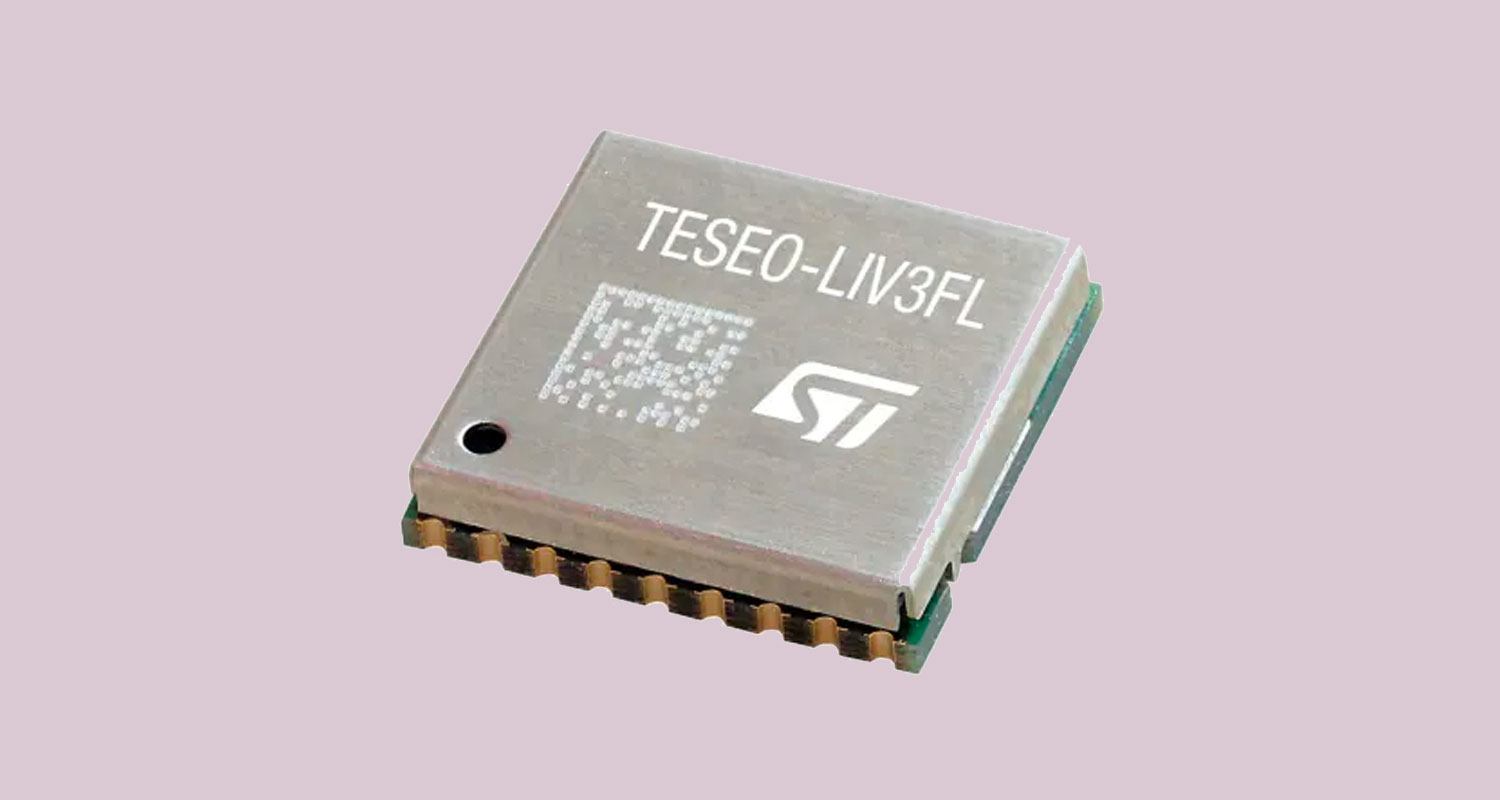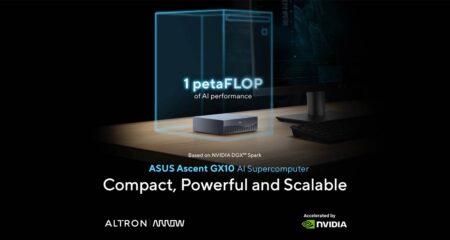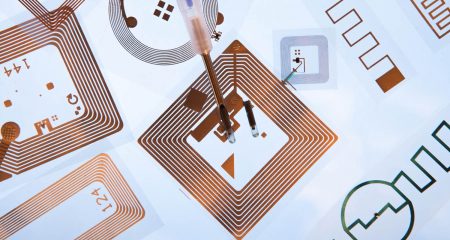 Technology is improving our business and personal lives every day. In an increasingly connected world, with billions of devices that talk to us and to each other over the Internet, everything is becoming more accessible.
Technology is improving our business and personal lives every day. In an increasingly connected world, with billions of devices that talk to us and to each other over the Internet, everything is becoming more accessible.
From the voice assistants that we talk to, to our smart homes, connected fridges and trackers that keep a record of our fitness efforts, everything is becoming easier, too.
And it’s all thanks to the GNSS system, or the Global Navigation Satellite System, which is a type of satellite system with extensive coverage across the globe. It makes use of satellites to bring us independent geospatial positioning, which makes it possible for electronic devices to establish their location, positioning, and navigation through a network of sensors that receive radio signals from these satellites.
In essence, GNSS provides real-time tracking, timing, navigation and other areas of machine-to-machine communication, enabling the real-time synchronisation of events, as well as endpoint devices, encompassing a wide field of satellite tracking and all its applications.
It is used in all manner of transportation, including aviation, maritime, rail, road, mass transit and even space stations. GNSS has a crucial role to play in precision agriculture, telecoms, land surveying, law enforcement, emergency response, mining, finance, research and many, many more. GNSS is also used to control computer networks, air traffic, power grids and other critical infrastructure that our lives depend on. In short, our lives would be a lot less convenient without the system.
A full-fledged reality
Because the world is gradually moving from the internet of things (IoT) as a concept, to a full-fledged reality, many industries around the world are looking for ways that self-sensing, smart and self-communicating devices can help them in the future. However, there is still a lot to learn, and many devices are still being refined as new use cases are discovered every day.
Already there are tens of billions of Internet-connected devices in the IoT environment, as the IoT slowly becomes a part of almost everything we do — and none of this growth would have been possible without GNSS.
GNSS is critical to IoT for one simple reason, and that is the ability of devices to be aware of their location, the location of other devices around them, and the ability to bring all the data together into usable information. In self-driving cars, for instance, this would mean the ability of a vehicle to sense other cars in its way and avoid a crash, or to pick up that there is congestion ahead and suggest an alternative route.
The module is tiny and boasts superior accuracy thanks to its on-board temperature-compensated crystal oscillator
In fact, as IoT keeps burgeoning, more and more pressure and demand are being placed on satellite systems, seeing a surge in demand for smaller GNSS modules that need no external components, reduce engineering and testing efforts, and cut expenses and resources.
Savvy companies are jumping on the bandwagon and seizing the opportunity to provide low-power, smaller GNSS solutions, to enable sensors and trackers to function more effectively, and last longer, too.
Smaller and longer lasting
One such solution is the Teseo-LIV3FL module, brought to South Africa by Altron Arrow, a leading distributor of electronic components. It is an easy-to-use GNSS standalone low-power module, embedding Teseo III single-die standalone positioning receiver IC working simultaneously on a wide range of constellations. The Teseo-LIV3FL modules put the tried and trusted accuracy and robustness of Teseo III chips into the hands of everybody — their embedded firmware and the total evaluation environment save a great deal of development time, while the compactness and compelling price point of this solution make it ideal for a slew of different applications, including insurance, goods tracking, drones, tolling, anti-theft systems, people and pet location, vehicle tracking, emergency calls, fleet management, vehicle sharing, diagnostics, and public transportation.
The module is also tiny, measuring just 9.7×10.1mm, and boasts superior accuracy thanks to its on-board temperature-compensated crystal oscillator and a reduced time to first fix, relying on its dedicated real-time clock oscillator.
The embedded flash within the Teseo-LIV3FL enables many extra features, including data logging, seven days of autonomous assisted GNSS, firmware reconfigurability as well as firmware upgrades. Teseo-LIV3FL also provides autonomous assisted GNSS that has the ability to predict satellite data based on previous observations of the satellite, and as it is a certified solution, time to market for final applications is sped up dramatically.
It is also robust with a temperature operating range from -40°C to 85°C, and supports data logging for ongoing storage of position, velocity and time data inside its embedded 16Mbit flash memory. It has a flexible firmware solution that makes it simple to download new firmware and software updates as soon as they are available.
Contact Renaldo Fibiger from Altron Arrow for more information: [email protected].
- This promoted content was paid for by the party concerned




